Shibin exports research activities are dedicated to developing analytical instrumentation that will provide turn-key solutions for our customers’ problems. Our efforts are to relentlessly innovate and find solutions for current and future unmet needs in manufacturing industries such as Food, Pharmaceuticals (Primary & Secondary), Infant formula, etc.
As shibin exports invests in new technologies and science-based solutions for manufacturing problems, we also invest in our people, so they can grow and develop the skills necessary to help us overcome the barriers that manufacturing industries are currently facing and will face in the future.
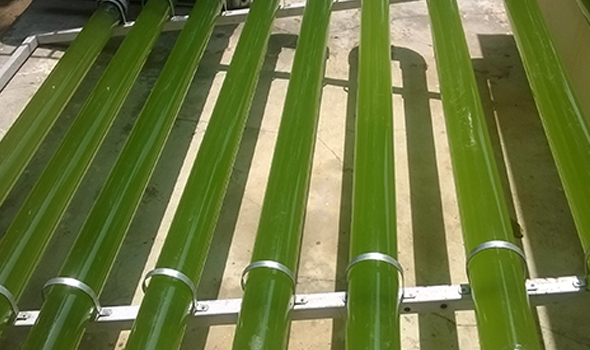
Shibin exports cultivating various Microalgae’s by using photobioreactor that utilizes a light source to cultivate phototrophic microorganisms. Within the artificial environment of a photobioreactor, specific conditions are carefully controlled for respective species. Thus, a photobioreactor allows much higher growth rates and purity levels than anywhere in nature or habitats similar to nature. These organisms use photosynthesis to generate biomass from light and carbon dioxide.
Haematococcus pluvialis is unicellular fresh water microalga distributed in many habitats worldwide. It is considered as the best natural source of astaxanthin and the main producing organism of this commercial product.
Haematococcus pluvialis is the richest source of natural astaxanthin which is considered as “super anti-oxidant.” Astaxanthin has important applications in the nutraceuticals, cosmetics, food, and aquaculture industries.
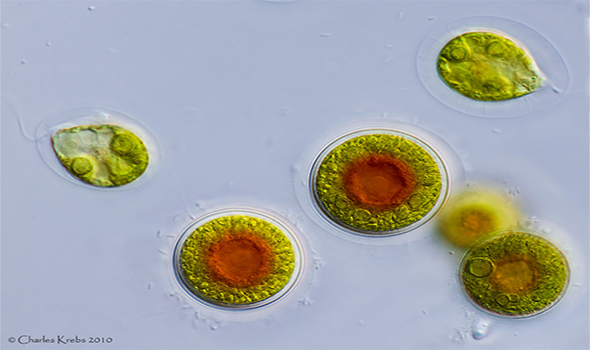
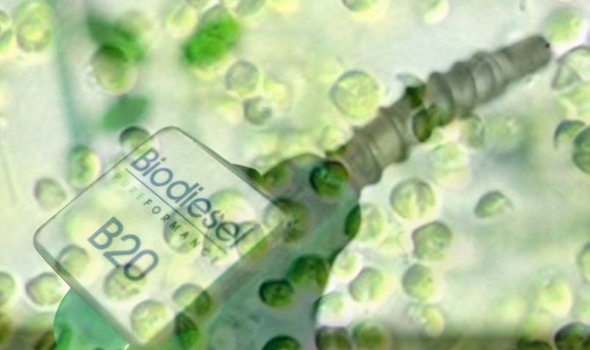
Nannochloropsis is considered a promising alga for industrial applications because of its ability to accumulate high levels of polyunsaturated fatty acids.
It has raised growing interest also for the investigation of biofuel production from photosynthetic organisms.
Bioplastics are plastics derived from renewable biomass sources, such as vegetable fats and oils, corn starch, or microbiota. Bioplastic can be made from agricultural by-products and also from used plastic bottles and other containers using microorganisms. Biodegradable bioplastics can break down in either anaerobic or aerobic environments, depending on how they are manufactured. Bioplastics can be composed of starches, cellulose, biopolymers, and a variety of other materials.
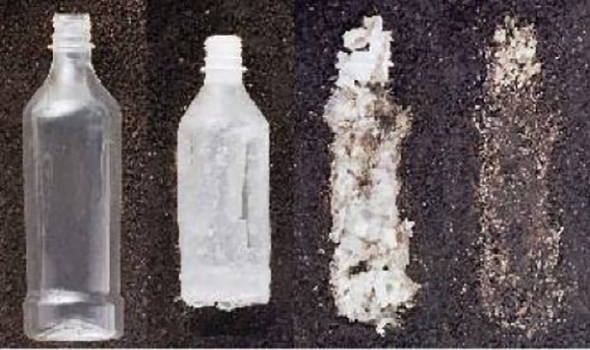
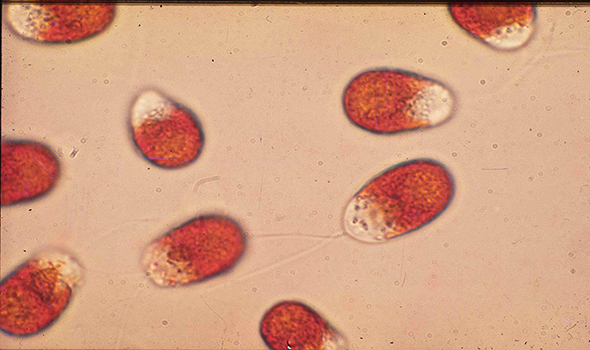
Dunaliella salina is a type of halophile green micro-algae especially found in sea salt fields. Known for its antioxidant activity because of its ability to create large amount of carotenoids, it is used in cosmetics and dietary supplements. Few organisms can survive like D. salina does in such highly saline conditions as salt evaporation ponds. To survive, these organisms have high concentrations of β-carotene to protect against the intense light, and high concentrations of glycerol to provide protection against osmotic pressure. This offers an opportunity for commercial biological production of these substances.